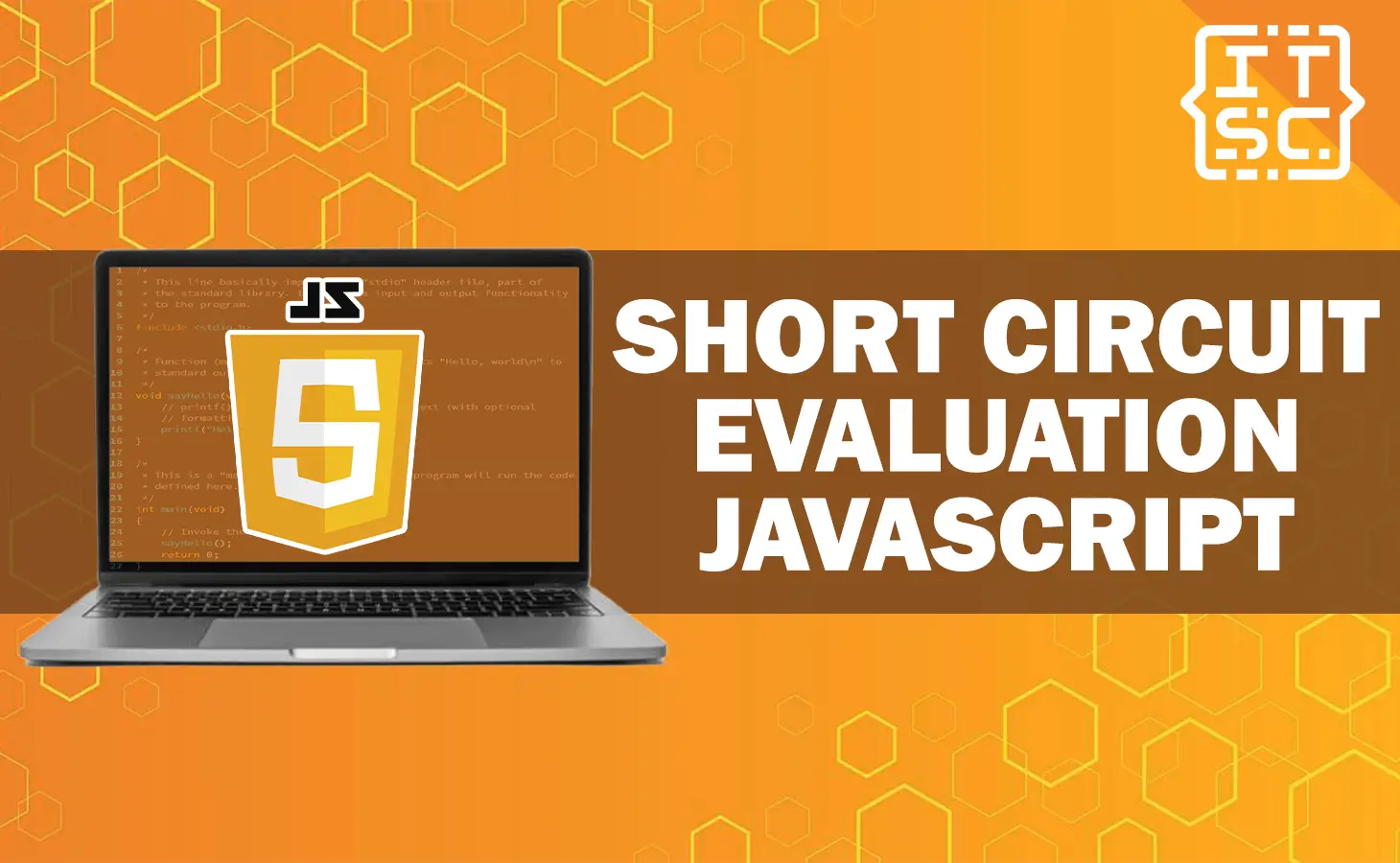In this article, you are going to learn how to use short circuit evaluation JavaScript. Mastering different JavaScript methods is necessary to write dynamic and optimized code.
One of the methods that actually enhance your code’s readability and performance is “Short Circuit Evaluation“.
We will discuss its purpose, how it works, and most importantly, how to use it effectively in different situations.
What is Short Circuit Evaluation?
Before we move on into the details of how to use short circuit evaluation in JavaScript, let’s first understand what it means.
Short circuit evaluation is an evaluation design used in programming languages, including JavaScript, to optimize conditional expressions.
In JavaScript, when evaluating a logical expression, the interpreter follows a short circuit evaluation path.
It means that when the outcome of the whole expression can be resolved based on the evaluation of only part of it, the interpreter does not consider evaluating the rest.
This action can be used to write more precise and effective code.
How Does Short Circuit Evaluation Work?
In JavaScript programming, short circuit evaluation is mainly associated with the logical && (AND) and || (OR) operators.
Let’s take a look at how these operators perform during evaluation:
Short Circuit with Logical AND (&&)
The logical AND operator (&&) will returns true when both operands are true; or else, it will return false.
Within evaluation, when the first operand is false, the interpreter will short-circuit and not evaluate the second operand, as the entire expression is already assured to be false.
Here’s an example code:
let value1 = 35;
let value2 = 19;
if (value1 > 0 && value2 < 20) {
console.log("The both conditions are true!");
}
In this example, the interpreter first evaluates value1 > 0. If value1 is truly greater than 0, it proceeds to evaluate value2 < 19.
However, if value1 is less than or equal to 0, the interpreter already notices that both conditions cannot be true, so it skips evaluating value2 < 20.
Short Circuit with Logical OR (||)
The logical OR operator (||) returns true if at least one of the operands is true.
If the first operand is true, the interpreter will short-circuit and not evaluate the second operand, as the entire expression is already guaranteed to be true.
For example:
let operator = true;
let hasOperator = false;
if (operator || hasOperator) {
console.log("The user can access the system!");
}In this example code, the interpreter first evaluates operator. If operator is true, it does not need to evaluate hasOperator because the whole expression is already true.
Engaging Short Circuit Evaluation in JavaScript
Now that we have understood the short circuit evaluation and how it works, let’s move on to the different situations where we can use this method to write cleaner and more dynamic code.
Conditionally Assigning Default Values
Short circuit evaluation can be engaged to conditionally assign default values to variables.
This is especially useful when working with optional function arguments or API responses that may be undefined.
Let’s see an example code:
function gretings(person) {
person = person || "Customer";
console.log(`Hello, ${person}!`);
}
gretings("Romeo");
gretings();
In this example code, if the person argument is not provided, person|| “Guest” will short-circuit and assign the default value “Customer” to the person variable.
Preventing Errors with Optional Properties
When working with objects that may have alternative properties, short circuit evaluation can help prevent errors caused by accessing undefined properties.
For example:
const customer = {
fullname: "Alice",
telephoneNumber: 344-5674,
//address: "New York"
};
const customerAddress = customer.address || "Address not available";
console.log(customerAddress);
In this code example, while the phone property is not present in the user object, customer.address || “Address not available” will short-circuit, and the default value “Address not available” will be assigned to customerAddress.
Preventing Function Execution with Logical AND (&&)
Logical AND can be used to prevent a function from executing when expected conditions are not met.
This is useful when you want to prevent unessential computations.
Here’s an example code:
function executionSample() {
console.log("The task is executed successfully!");
}
const ExecutingTask = true;
ExecutingTask && executionSample();
const taskResult = false;
taskResult && executionSample();In this code example, ExecutingTask && executionSample() will only execute executionSample() if ExecutingTask is true.
FAQs
No, short circuit evaluation is not limited to JavaScript. It is a common evaluation strategy found in many programming languages.
Yes, short circuit evaluation is usually related with the logical AND (&&) and OR (||) operators, but it can also be used with bitwise AND (&) and OR (|) operators in some languages.
Yes, short circuit evaluation is considered good practice, specifically when used properly to improve code readability and performance.
Yes, you can combine multiple short circuit evaluations in a single expression to handle complicated conditional cases.
Conclusion
In conclusion, short circuit evaluation is a valuable method in JavaScript that enables developers to write more effective and clear code.
By understanding how short circuit evaluation works and exploring its different applications, you can actually enhance your coding skills and build more powerful applications.

